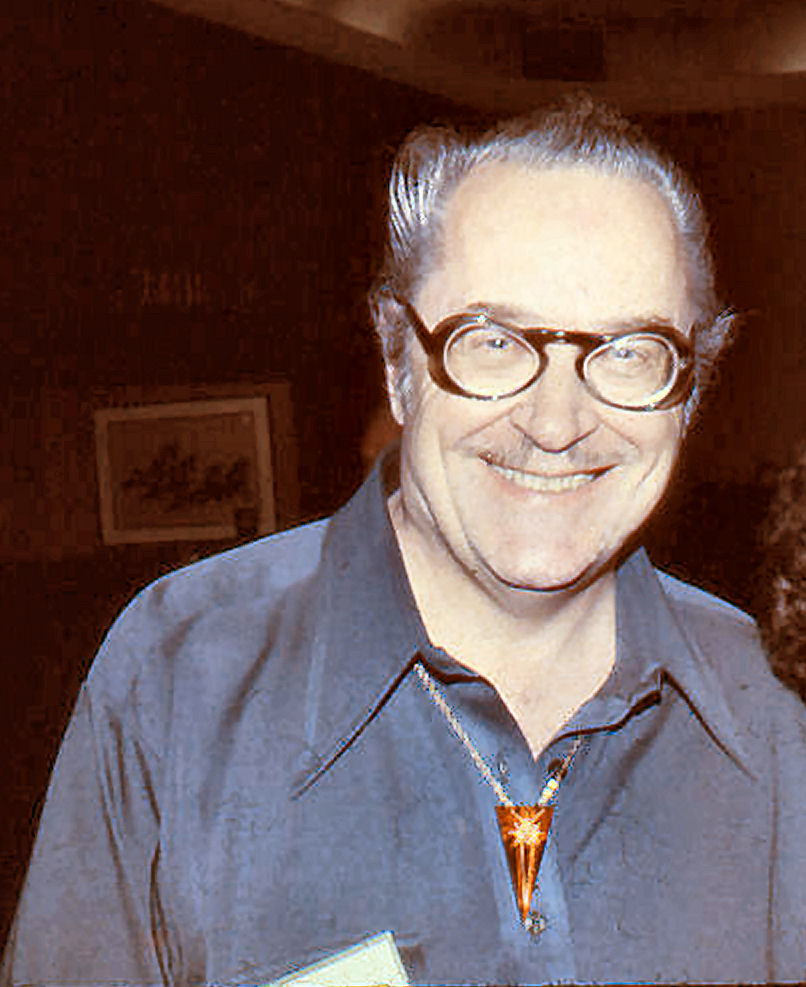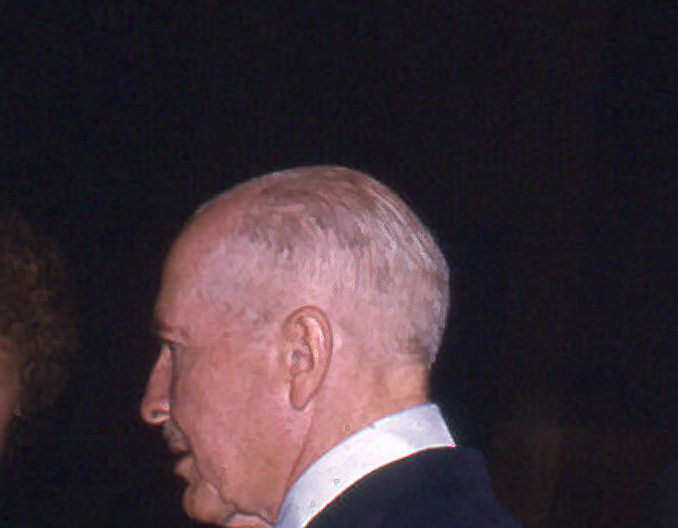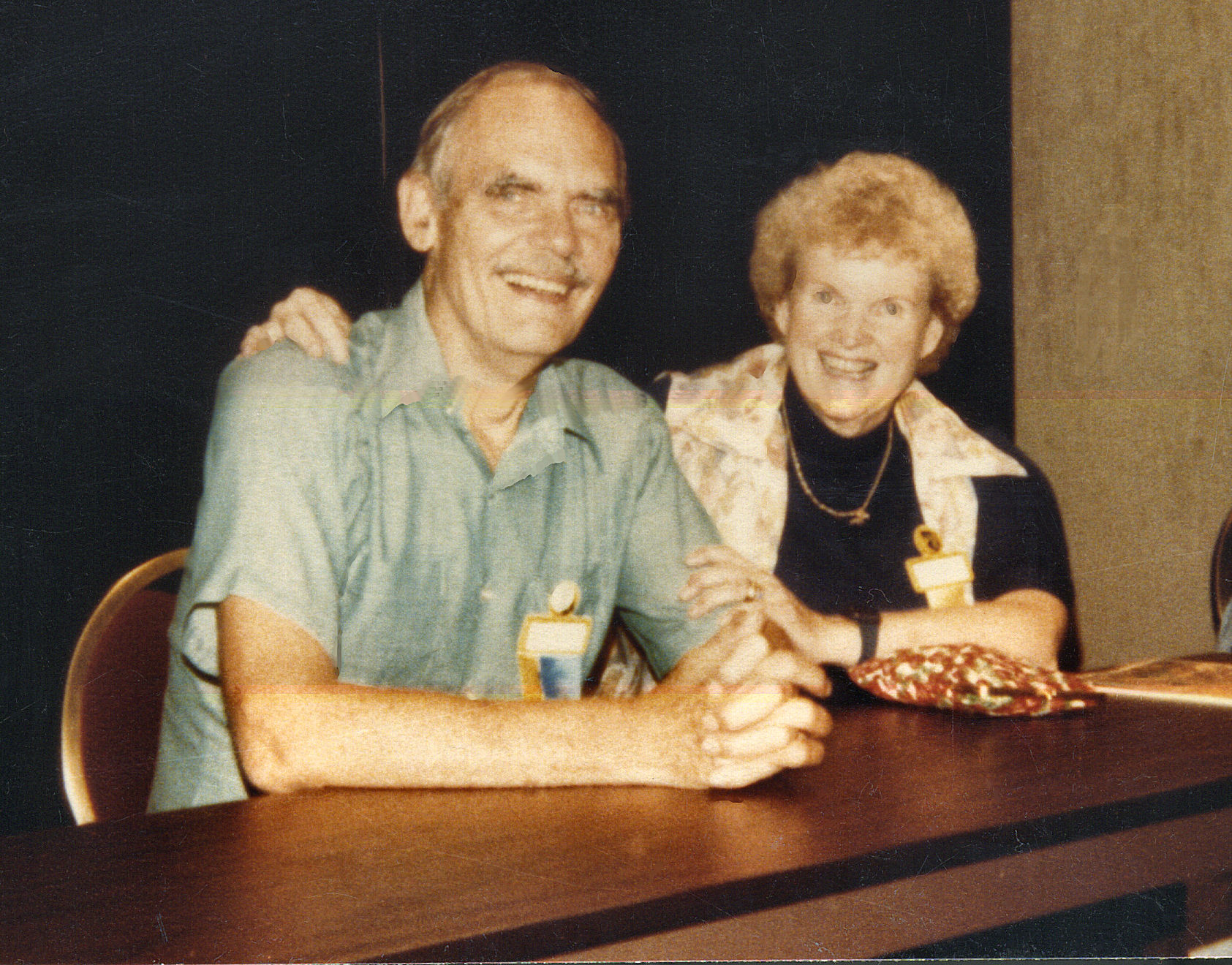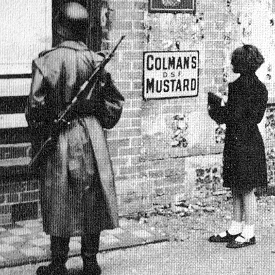I’m going to assume that you are a science fiction reader of some kind, since you’re here at Amazing Stories magazine’s website. Are you a science fiction fan? (I’m going to abbreviate it “SF” to save time, and if not specifically mentioned, I include fantasy in that abbreviation.) What do I mean by “fan”? For those of you who aren’t sure if you’re a fan, read on! (And if you’re a long-time fan, feel free to write and agree or argue. I like getting email.)
When I started writing the fan column for Amazing Stories (in a paper incarnation) magazine back in the early ‘80s, it was pretty simple: if you read science fiction (and/or fantasy) or related kinds of fiction—which included horror, dark fantasy, heroic fantasy and so on—or if you liked science fiction movies (recent ones were Mad Max 2, The Empire Strikes Back, Escape From New York and so on), you were pretty much a fan, which meant you got little or no respect from your peers. There was no Internet, so you interacted with other SF fans by reading or writing fanzines (“zines”) or by going to conventions (“cons”) where you met other fans. Unless you lived in a big city, it was pretty much guaranteed that you had at most one or two friends who liked the same thing. Remember, there was no World Wide Web. There was no easy path—except by the ones mentioned above—to contacting other readers of this wonderful stuff called SF.

There was even a saying, “To be a fan is a proud and lonely thing.” I don’t know who said it—and I’m not going to Google it—but it summed up many people in their 20s and earlier, who were scorned and/or laughed at by people they went to school with or worked with. And it had been that way since the 1930s. SF was looked down upon by the general population (the “mundanes”) as “that crazy Buck Rogers stuff”—even though we had set foot on the moon in 1969! (Heck, about 20-30% of the mundanes still don’t believe we did!) So starting in the ‘30s—and utilizing the letter columns of the various SF magazines (Amazing Stories, the granddaddy of ‘em all, started it by publishing fans’ addresses!), fans started getting together and becoming Fans with a capital “F.”
As opposed to the ‘80s fans who just read “that stuff” or maybe watched some of the TV shows (of varying quality—who remembers the original Battlestar Galactica? How does it compare with the modern one?) and movies, or read comic books (“graphic novels” had yet to appear), the Fans with a Capital “F” were more or less organized. They put on and went to cons, they read, wrote and commented on zines, they wrote original (“filk”) SF-oriented music to well-known tunes, they wrote fiction based on well-known books or shows (“fanfic”); in short, the Fans weren’t just consumers. They were producers. They were (and many still are) passionate, activist Fans.
The eighties were kind of on the cusp of a major shift in the English-speaking world—I can’t answer for the other parts, unfortunately, though I heard from and even met fans from other parts of the world. We didn’t know it, but a major social explosion was even then taking place, and by the end of the ‘80s, almost everyone was aware of “cyberspace” (thanks to William Gibson’s attention-getting first novel, Neuromancer), and the internet was poised to take over the world and change science fiction and fandom forever. Here’s part of my story; those of you under 40 might not understand, because today’s world is so different.*
(*When I say different, consider this: in 1975, when I attended my first convention, Westercon 28, there were no cell phones. There were no VCRs or PVRs. There were no iPods or iPads—there was no Apple! There was very little cable TV, and no satellite TV. The only home computers were Altairs, so there was no World Wide Web. My pocket calculator was an HP-45, which cost something like $250. Star Wars was yet to be made; the big SF film was Rollerball, with James Caan.)

Up until 1973 or so, I was a fan with a small “f”—I read the stuff voraciously (up to three or so novels a day, many days, because I read really fast); I only knew one SF writer personally (Frank Herbert; I’d met him through a friend back in about 1971) and I’d never heard of a fanzine, although I was peripherally aware of SF cons. When I was younger I’d had a letter published in Famous Monsters of Filmland—hey, when I was in the Navy I visited Forry Ackerman—and I stayed in contact with Ackerman by occasional snail mail. I lived in a small university town—Pullman, Washington—and only knew one other SF reader, who became my best friend (the late, and much missed, Jon Gustafson).Jon Gustafson,
Jon and I decided to see if we could pull other SF people out of the woodwork, so I decided to “teach” a course on SF at the Free University. It worked! The people who attended my class became the core of what was to be the Palouse Empire Science Fiction Association, or PESFA. One of PESFA’s members brought some fanzines to a meeting—the “class” quickly became regular weekly meetings—and we learned about cons and other stuff and decided to put out our own fanzine.
From there we became involved in Fandom—the organized one—going to cons, meeting new fans, meeting professional writers and artists (the “pros”), and even putting on our own convention: MosCon, in Moscow, Idaho, which lasted a good 20 years. We all had a good time, and a good thing going for us; we were young, enthusiastic, energetic and we couldn’t see why this shouldn’t continue up until we were old and grey. Then the world turned, and SF became mainstream.
SF (and fantasy—all kinds of fantasy) became not only desirable, but BIG business! SF movies, even the bad ones, were bringing in big bucks for the studios. SF books, comic books and all kinds of genre stuff were selling like hotcakes; all of a sudden our comfortable little world was not only accepted by the big world, but in demand! Many of the Baby Boomers, and the collegians, were now moneyed trend-setters, and by the time (mid- to late-‘90s) the Internet was everywhere, most people had heard of SF, whether they liked it or not, and had made it impossible for us to hide in our little closets any more. We had arrived, baby!
But the world we arrived in was very different from the one we had left. Conglomerates were swallowing up book publishers and magazine publishers and theatre chains were replacing small independent movie theatres; major studios were chewing up and spitting out the independent producers and distributors. Newspapers were consolidating and many were disappearing. Computers and the internet were tying people together better than the Post Office had ever been able to; cell phones were beginning to replace land lines. As Gibson had predicted in ’84, we were becoming wired!
What did that mean to fandom? Well, I’ll be exploring this in more detail in later blogs; but let’s start with the short version. In the fandom of the ‘30s and ‘40s, fans had mostly mail, magazines’ letter columns—because many of them published letter writers’ addresses—and fanzines, together with the occasional con. In larger cities, fan groups were appearing, like LASFS, the Los Angeles Science Fiction Society. Conventions were happening, organized by fan groups like LASFS. (The first so-called “World Science Fiction Convention” took place in 1939, to coincide with the 1939 World’s Fair in New York.) This was also happening in Britain, by the way. Many fans in that country were organized around science rather than SF; inspired by—for example, the Royal Astronomical Society—while in North America fans were more inspired by books and the occasional genre movie.

It got bigger and better in the ‘50s, ‘60s and ‘70s; by the time I attended my first Worldcon in 1976 in Kansas City, Missouri (MidAmeriCon, or “Big Mac”), the Worldcon was regularly getting several thousand paid attendees. Fandom was also beginning to fragment by the ‘80s. Where gaming, costuming, filking and comics had traditionally been a part of fandom, and had been little niches where enthusiasts could interact with “their own kind” as a part of the larger fandom (a microcosm, if you will, of the mundane world); they were beginning to develop into full-blown fandoms of their own.
Which meant they needed their own conventions, and fanzines and—now that we had the Internet—websites and Usenet groups (they’d already had their own forums on Delphi, and AOL, and so on). Fandom was now so big it was splintering—or expanding.
So now that the whole thing has blown up into (take your pick) (a) taking over the “mundane” world; (b) a whole bunch of offshoot groups; (c) gone defunct with the dinosaurs; (d) whatever… the question remains: Are you a fan? Because you’re here?
The answer is, “yes,” you’re a fan—to whatever degree you want to be! If all you want to do is read Amazing Stories for the fiction, or the blogs or whatever, and check out the occasional book at the remaining chains or independent bookstores; or watch the occasional genre movie or TV show, that still makes you a fan of the genre, even if you’re not a Capital “F” Fan. If you want to organize a group, or publish your own graphic stories or art, or make costumes based on genre (or on your own brain’s output) or compose and sing filk or original genre songs, or sit in a room for eight hours playing turn-based card or role-playing games with like-minded people; or whatever makes you happy—then you may be a more active fan, even a Capital “F” Fan!
Whatever kind of fan you are, you will find a welcome here in the pages and blogs of Amazing Stories magazine. The salient fact about fandom is that it’s inclusive! Whatever your pleasure, whatever your poison, there’s probably a fan group that will invite you in with open arms.

In future blogs I’ll be talking more about fanhistory; mostly the parts I’m personally familiar with. When appropriate, I’ll be getting more information from fanhistorians—and there are many—in specific areas where I’m less knowledgeable. I love SF; in all its many incarnations and varieties, I think it reflects the dreams and desires of humanity. And fandom is my chosen microcosm of humanity; we have all sorts here. I’ll also be reviewing current fanzines—both the remaining paper ones and the ones that have migrated to electronic pubbing; I’ll also talk about cons and some of the joys and pitfalls you might find there.
Feel free to email me—hey, it’s a fannish tradition—at stevefah@hotmail.com with comments, compliments and/or complaints. I’ll do my best to answer all emails. You might want to mention Amazing Stories in the subject line so your emails don’t get trapped by my junk mail filter.
I know it’s corny, but as my dear friend Verna Smith Trestrail (E. E. “Doc” Smith’s daughter) used to say, “Clear ether!”











This is great, Steve!! Ahhh, the fannishness of yesteryears! I love fan history I remember reading “All Our Yesterdays,” by Harry Warner, Jr. years ago (or trying to) …
Thanks, Randy! If memory serves, you came to us because of our fanzine, New Venture–all the way from the wilds of Spokane. We published a number of your SFnal/fantasy cartoons.